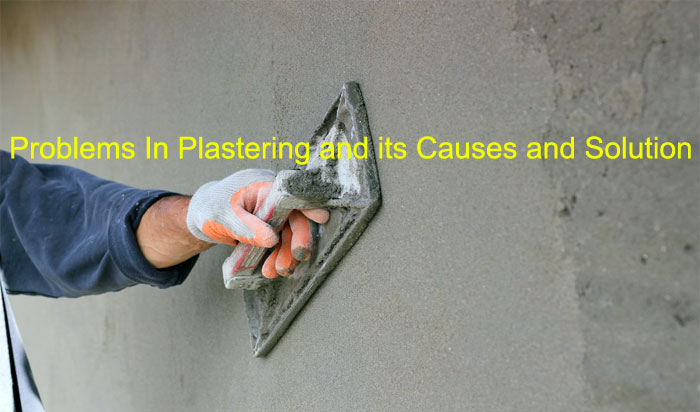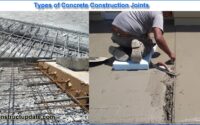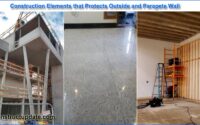Problems In Plastering and its Causes and Solution
It is seen often that Plastic Surface develops cracks and white patches which affects the ethics of the Building. This Video helps in identifying some of the problem in plastering causes and prevention measures. Crazing Cracks are the network of the fine cracks having hexagonal patterns. These are shallow and do not extend through the whole depth of the plastered. Map Cracking is also similar to the crazing cracks but usually deeper.
These are caused due to over troweling of rich mortar mix using the sand having High silk content, rapid drying of the plastered surface and inadequate curing. These cracks can be avoided by using Well-Graded Sand, not using pure cement as finishing coat, not overworking the cement finishes and providing adequate curing for Minimum of 10 days. Grinding is the appearance of the Masonry joints through the Plaster. This can be prevented by providing two coats of plaster on Solid Background and Application of undercoat before plastering.
Sometimes whitish crystallized substances are formed on the Plastering substances this is known as Aflorance. This occurs due to the presence of salts in the building materials like bricks, sands, water etc.
Aflorance can be removed dry brushing the affected surfaces. Appling solution of one part of Hydrochloric Acid or sulphuric Acid with five part of water on the effective portion with scrub brushing. The Surface shall then be thoroughly washed and dried.
Summary of Problem in Plastering :
Defects in Plaster affects the aesthetics although they don’t endanger the safety of the Building.
Most of the Plastering defects can be avoided by:
using well graded sand
avoiding rich mortar mix
avoiding over trowelling
avoiding use of pure cement while finishing
timely and adequate curing





